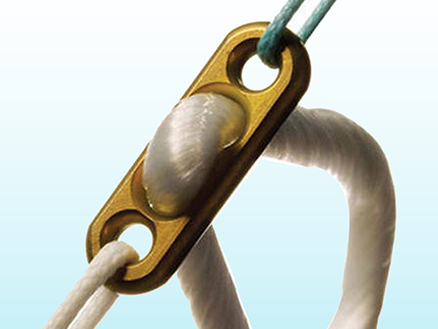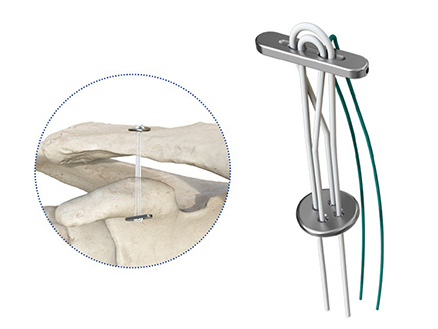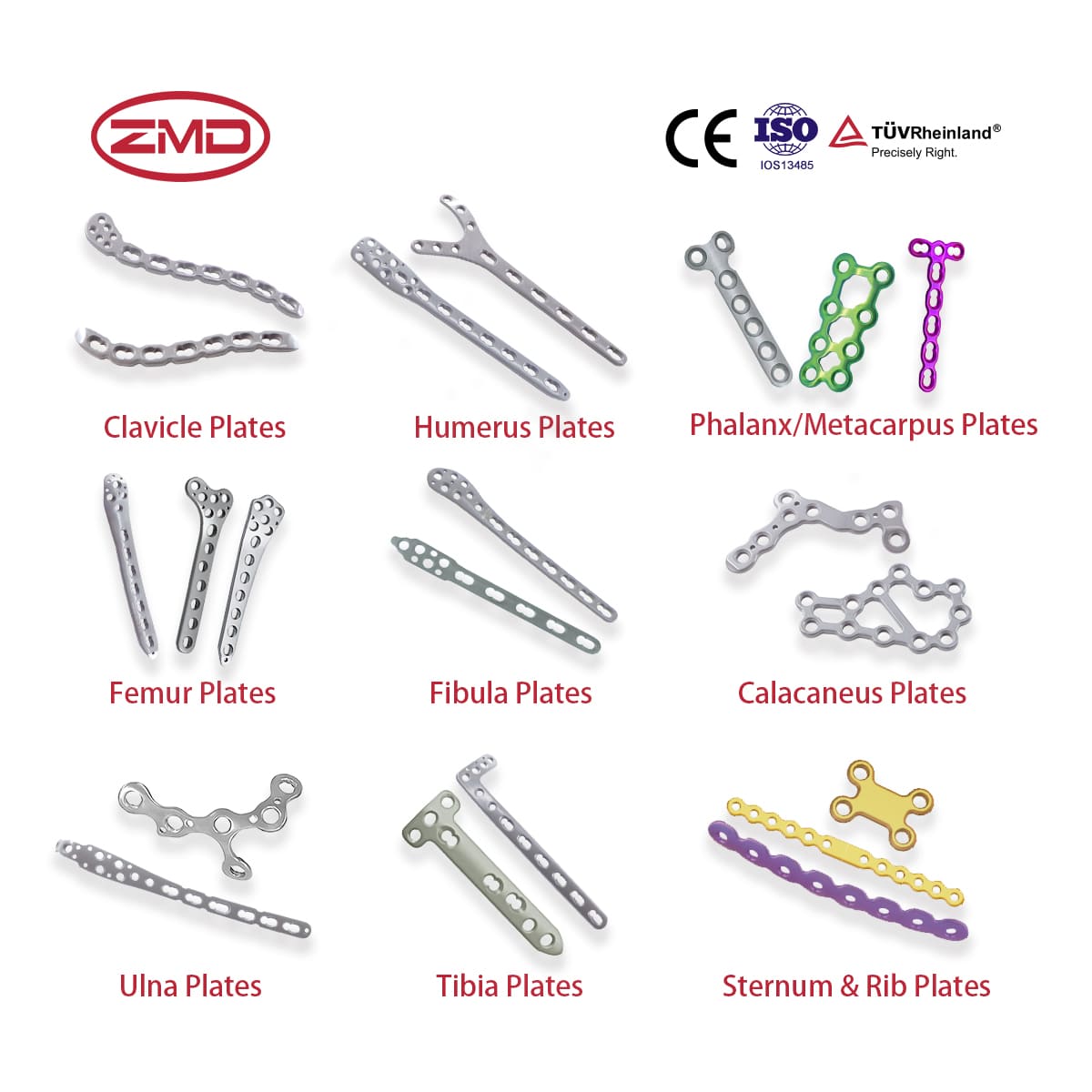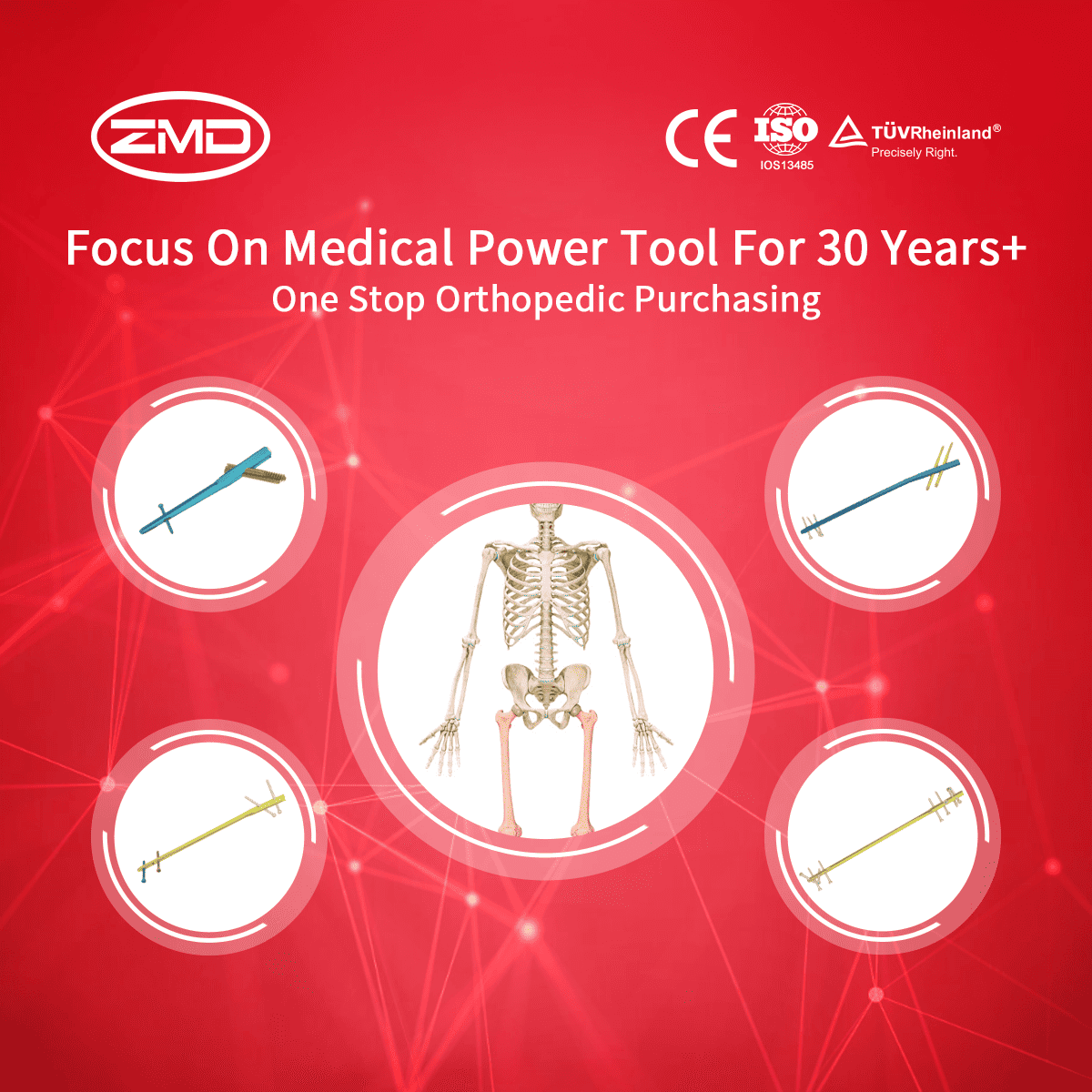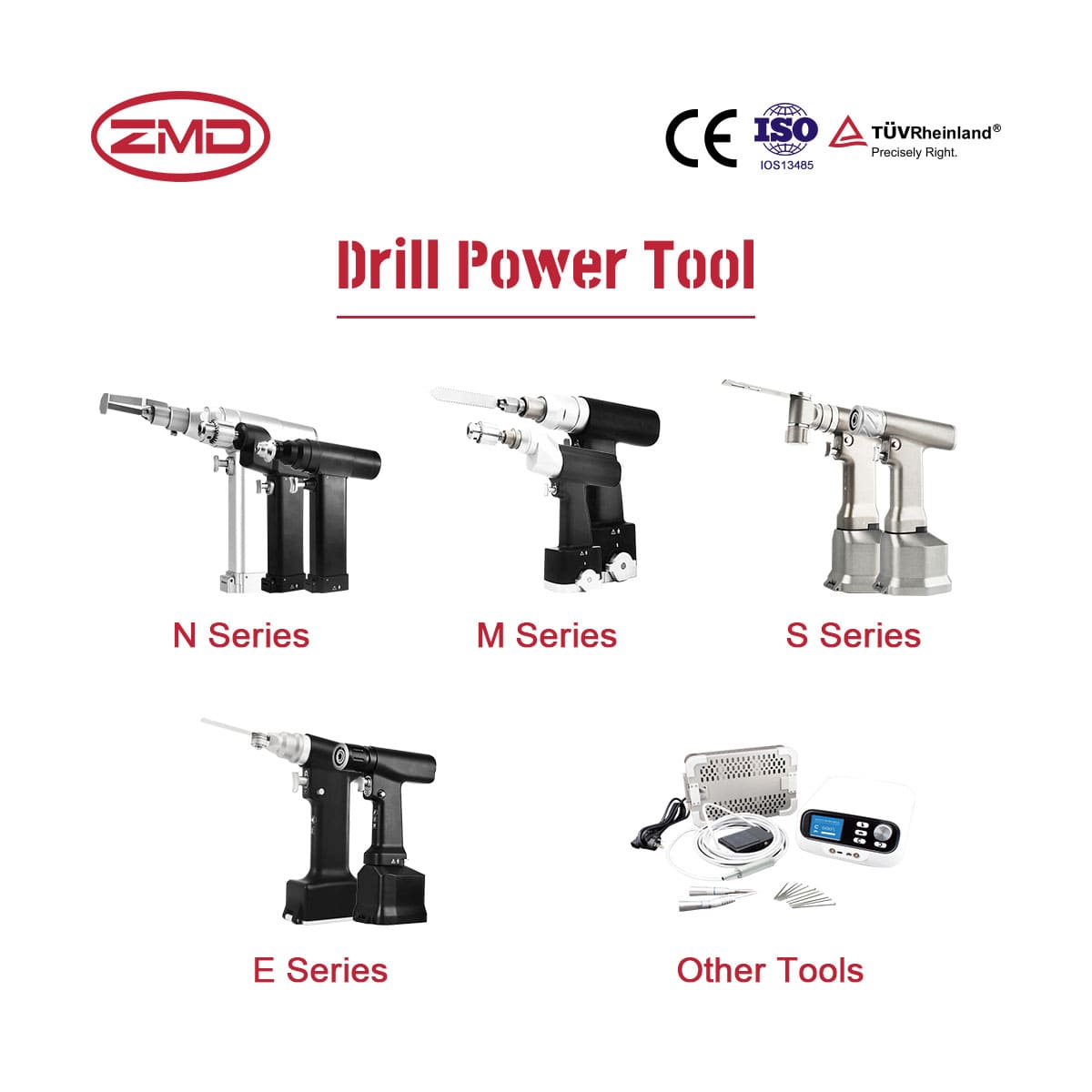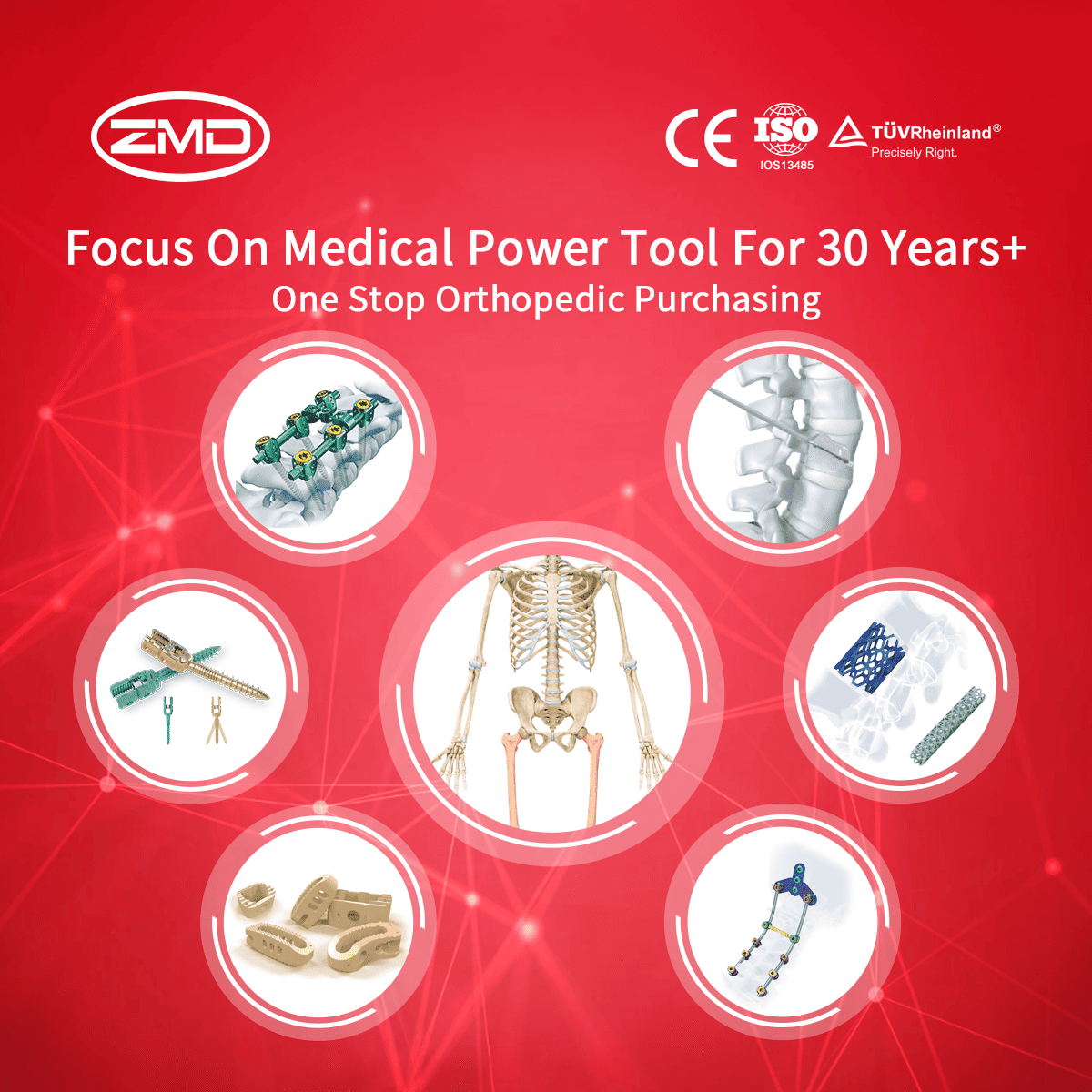In primary ACL reconstruction, which is typically performed when a patient has suffered a torn anterior cruciate ligament (ACL), endobutton plates play a significant role. The ACL is crucial for maintaining the stability of the knee joint during various movements like running, jumping, and changing directions. When it tears, often due to sports injuries, surgeons usually replace it with a graft sourced from another part of the patient’s knee, such as the patellar tendon or hamstring tendon.
Endobutton plates are commonly utilized in this procedure to secure the graft effectively. They provide a stable fixation point at both the femoral and tibial ends of the graft. For instance, during the surgical process, the graft is attached to the endobutton plate using sutures. The plate is then passed through carefully drilled bone tunnels in the femur and tibia. Once positioned correctly on the other side of the bone, it creates a firm hold. This fixation method helps to mimic the natural attachment of the original ACL and allows for proper tensioning of the graft. It sets the stage for the graft to integrate with the surrounding bone tissue over time, facilitating the healing process and restoring the knee’s stability and function for normal daily activities and light sports participation during the recovery period.
When a previous ACL reconstruction has not been successful, perhaps due to graft failure, improper positioning, or issues with fixation, a revision ACL reconstruction becomes necessary. In these complex cases, endobutton plates offer a valuable solution.
The bone tunnels from the initial surgery may have enlarged, changed shape, or have other anatomical alterations that can make securing a new graft more challenging. Endobutton plates can help overcome these difficulties. They can provide a more reliable and stronger fixation for the new graft in the compromised bone tunnels. The design of the endobutton plate allows it to distribute the forces evenly across the graft and the bone interface, even in less than ideal bone conditions. By using these plates in revision surgery, surgeons can enhance the chances of a successful outcome, enabling the patient to regain better knee stability and potentially return to a more active lifestyle, although the recovery process may be more extended and cautious compared to a primary reconstruction.
For young patients undergoing ACL reconstruction, endobutton plates are especially advantageous. Young individuals, such as adolescents involved in sports, have a high level of physical activity and a long future ahead with continued participation in various activities. They need a reconstruction method that provides robust and durable fixation to support their active lifestyles.
The use of endobutton plates offers precisely that. The strong fixation provided by these plates helps protect the graft during the critical early stages of healing. This allows for a more stable environment for the graft to integrate with the bone, promoting better long-term results. Moreover, the secure fixation enables young patients to potentially return to sports and other physical activities earlier than with some other fixation methods. However, it’s important that the return to activities is carefully supervised and progresses gradually to ensure the knee fully recovers and the reconstructed ACL can handle the demands placed on it as the patient continues to grow and develop physically.
Athletes, whether professional or amateur, who engage in high-demand activities like soccer, basketball, tennis, or skiing, require a stable and durable graft fixation when undergoing ACL reconstruction. Their sports involve quick changes in direction, explosive movements, and significant stress on the knee joint.
Endobutton plates are well-suited for this group as they can withstand the intense forces exerted during such activities. The plates ensure that the graft remains firmly in place, maintaining the knee’s stability and allowing for more natural movement patterns. This enables athletes to have greater confidence in their reconstructed knee as they return to training and competition. The ability of endobutton plates to provide a reliable fixation gives athletes a better chance of resuming their sports at a high level, minimizing the risk of re-injury to the ACL and maximizing their performance potential on the field or court
